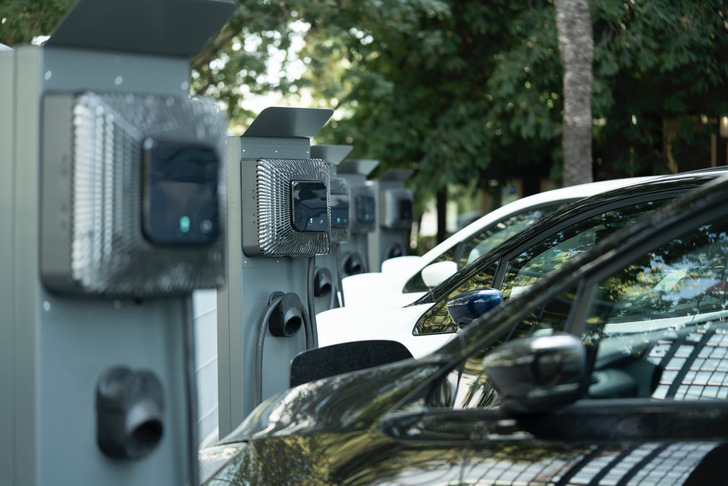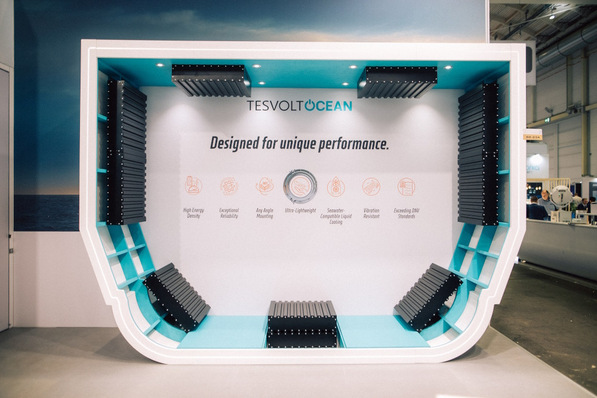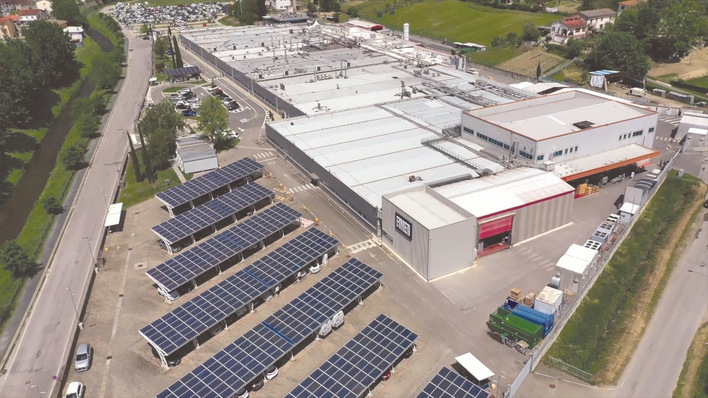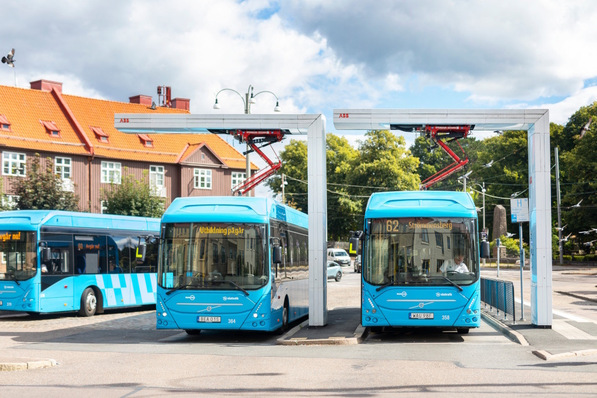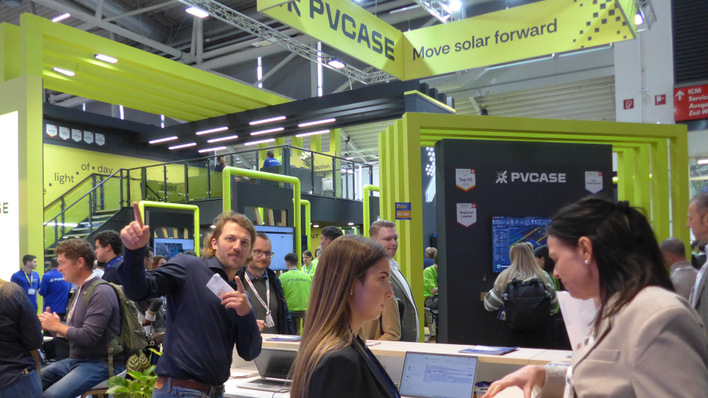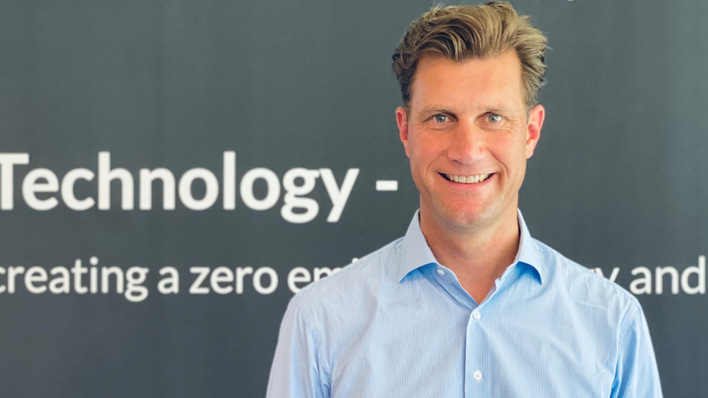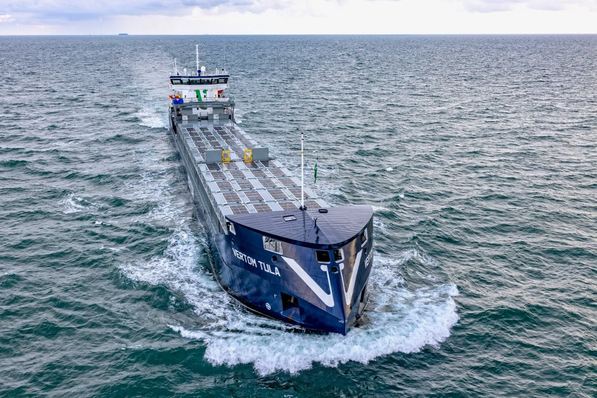According to the German Federal Statistical Office, 19.2 percent of the gross energy consumption in Germany is covered by renewable energy. This figure is below the EU average of 21.8 percent, although the share of renewable energies in the amount of electricity generated in Germany is high; for example, in 2020 it accounted for 47 percent. The fact that significantly more green power is generated than used shows the weak point in the context of the energy transition: Due to a lack of storage capacity for electricity from renewable sources, it is not readily available regardless of the weather, which is why we often have to resort to conventional generation.
Electric cars as mobile energy storage resources
The lack of storage capacity for electricity from renewable sources can be addressed by using electric cars (EVs) as mobile electricity storage devices. According to the results reported on mobility in Germany (MiD) commissioned by the Federal Ministry of Transport and Digital Infrastructure, the average operating time of a caris about three quarters of an hour per day. The rest of the day they sit unused. In addition, according to calculations by the German Institute for Economic Research, Germany has already reached the one million EV mark. According to the coalition agreement, the goal is to have 15 million on the road by 2030. This means that Germany has enormous mobile storage capacity as the battery capacity of even a small electric car alone can supply an average 2-person household with sufficient electricity for around four days. This means that a car battery can store several times as much as a stationary house battery, given that 5 to 15 kWh batteries are usually installed in single-family homes.
Necessary prerequisite: bidirectional charging technology
The technology for using car batteries as electricity storage is ready for the market: In the context of bidirectional charging, EV batteries can not only be charged, but also discharge energy and thus be used as temporary energy storage devices. Bidirectional charging has two main applications: Vehicle to Grid, feeding into the public power grid, and Vehicle to Home (V2H/V2B), discharging energy to power a home or building. While regulatory changes and specifications still need to be made to implement Vehicle to Grid (V2G) in Germany, V2H can already be implemented. The prerequisite, however, is that the EV and the charger are capable of bidirectional charging. Currently, there are already car models (e.g., Nissan Leaf, MG 5, Kia EV6) that are bidirectional capable, but not all are V2H-ready yet. However, a number of OEMs such as Ford, Hyundai and VW announced to launch bidirectional and V2H capable.
Advantages of bidirectional charging
The fact that cars resp. EVs are parked most of the time at home, makes bidirectional charging interesting for home use. The benefits of V2H are obvious: Electricity costs for buildings can be reduced by using cheap, self-produced solar power thanks to additional storage capacities. At the same time, the security of supply (emergency power supply by EVs) is increased and becomes more economical. Last but not least, the building becomes less dependent on the possibly limited power grid capacities. It is already becoming apparent that today's power grid cannot meet future requirements. Accordingly, § 14a of the German Energy Industry Act (EnWG) is intended to regulate that grid operators can remotely control power consumption of EVs and heat pumps in the future.
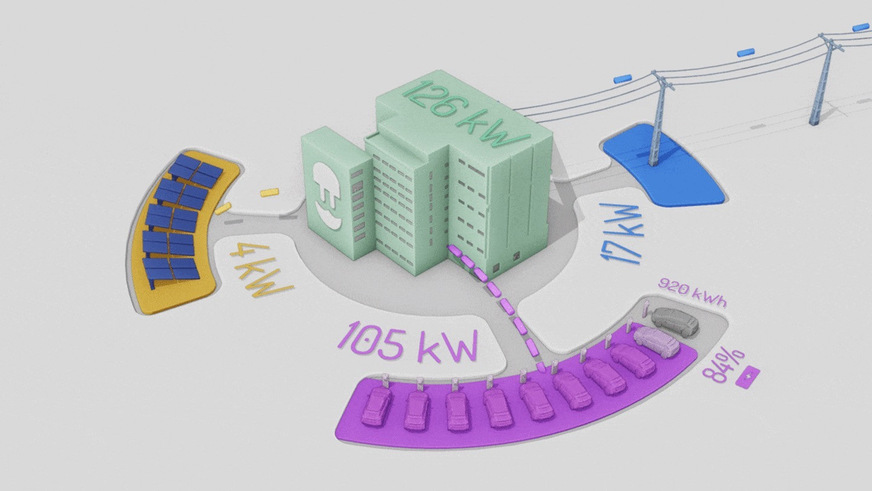
Wallbox Chargers
Use case: More independent of the power connection and lower electricity costs
At its headquarters in Barcelona, Wallbox Chargers has already been successfully using bidirectional charging in conjunction with solar energy since 2021, to be more independent of the grid while saving money on electricity costs. In this country, there are already field trials and research projects but no application in everyday life over such a long period. The application example in Barcelona provides information about the potential savings and the challenges that have to be overcome.
Did you miss that? Two-fold increase in self-sufficiency of households with solar power
The company faced a problem in 2020: Due to rising electricity demand and growth to 200 employees, the grid connection was no longer adequate. The grid connection could supply 173 kW, but up to 400 kW was needed. The initially considered grid expansion turned out to be too expensive and lengthy, with investment costs of €500,000 and an implementation period of one year. Therefore, the company decided to become more energy independent by building its own energy ecosystem that managed distributed energy resources (DERs) including a solar PV installation, stationary storage batteries and a fleet of electric vehicles used as mobile storage resources.
Also interesting: The Netherlands are ahead of the pack in the number of charging points
The energy management system which controls the company's DERs is Sirius. It connects all DERs and prioritizes them in order to cover the energy demand in the most sustainable and cost-effectively way possible. EVs and stationary batteries are charged using PV surpluses or at night when there are cheaper electricity rates, and the energy demand of the building is low. While not as common as in Spain, Germany also has flexible or dynamic electricity tariffs. From 2025, all electricity suppliers will be required to introduce variable and dynamic electricity tariffs to customers.
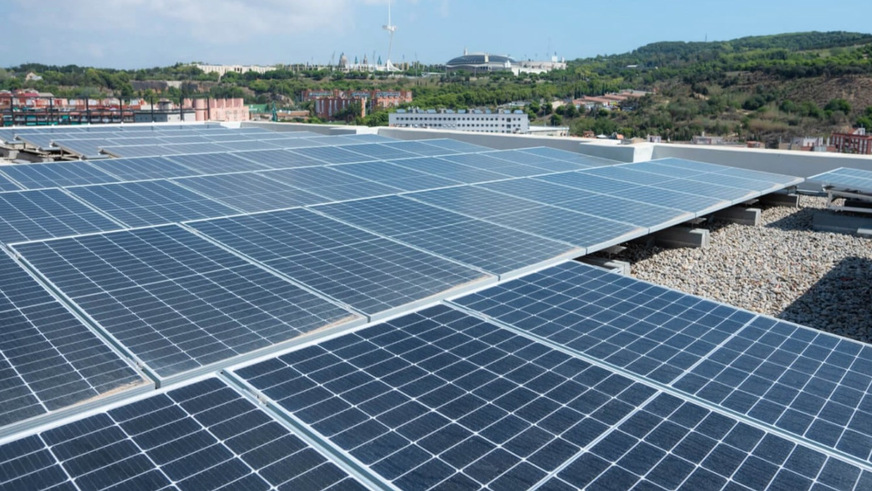
Wallbox Chargers
In the morning, when electricity demand in the building jumps and exceeds the available connection capacity of 173 kW, electricity from EVs and stationary batteries supplements the electricity demand. In fact, on sunny days, the company often doesn’t need to use power from the energy grid between 9 am and 9 pm. Almost all of the power, needed by the building and its more than 650 workspaces, can then be covered then from the EVs, solar power and stationary batteries. (Fig. 1). The system is equipped with a solar forecasting feature that allows it to adjust battery consumption accordingly. On cloudy days, the company balances their power needs by charging batteries and EVs at night at favorable electricity prices, this cheaper power can be then consumed during the day (Fig.2)
Implementation and investment
Within three months, high-performance monocrystalline PV modules with a capacity of 156 kW were installed on the roof over an area of 998 sqm. The investment amounts to €120,000. Another €95,000 was invested in an electric fleet consisting of 23 Nissan Leafs with a total storage capacity of 1,426 kWh and 23 of Wallbox’s bidirectional chargers, Quasar. When not in use, the EVs are connected to the building's energy management system via Quasar. Sirius determines when its most beneficial for the EVs to be charged, either with PV surplus power or cheaper grid energy. The EVs also serve as a mode of transport for employees, why Sirius integrates a car booking system that responds to car and battery availability. The system also incorporates stationary batteries with a capacity of 560 kWh to complement the mobile EV storage. The investment for the stationary batteries amounts to €200,000 and is twice as much as the expenditure for the fleet and bidirectional chargers (€95,000) which offers with 1,426 kWh almost three times more storage capacity.
Savings: Electricity costs and CO2
Thanks to the implementation of the automated energy management system, solar panels, batteries and especially the bidirectional EV fleet, the company saved on upfront investment costs, because the costs of the energy ecosystem were at €415,000 17 percent lower than the estimated costs for the grid expansion (€500,000). Intensive use of self-produced solar energy in conjunction with V2B saves the company €85,000 in electricity costs a year, meaning the company will see a full return of investment in less than five years. Last but not least, carbon emissions from the company building were reduced by 73 tons in 2022. As a result of reducing the grid dependency by 50 percent, the company also managed to increase its use of renewable energy by 50 percent. (Daniel Utges/hcn)


